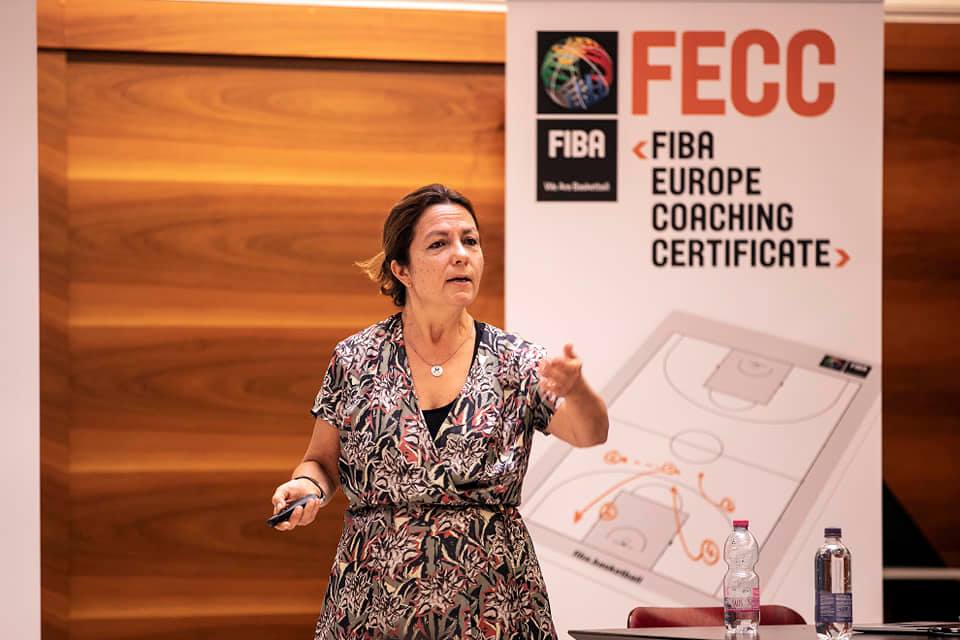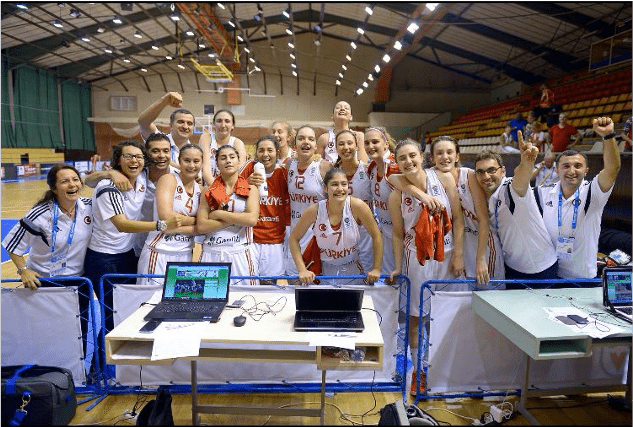

I guess I need to describe what Mental Coaching means first to be more clear. It’s about programming our minds, better to say: layers of our mental side, to perform better, live healthier with better quality of life. It definitely requires knowing more about the nature of people and their minds.

When it comes to sports, we have a very powerful tool to know athletes and teams better and deeper: Monitoring. An essential part of mental coaching. Even if we have many different analyzes to make and tests to perform, the most powerful way is to monitor and collect clues. Like making a jigsaw puzzle, you can have a very clear picture on the way. BUT… There is a big prerequisite that must be met: Objectivity.
We all have prejudices, stereotypes, mental patterns. These form what we think, what we do, and what we decide… Then what happens? We can make mistakes that may lead to future problems to occur.
By monitoring, you can read the communication styles of people, how they are motivated or demotivated, which groups formed within the team, possible thoughts and feelings of the individuals and groups for each other, their verbal and nonverbal languages, habits, fears, buttons to press and not to press, potential areas of conflict in the team, their talents, talent areas that are still immature or have room for improvement or latent potentials.
It is like preventive medicine. It gives you invaluable clues. Of course, it is up to us to hold on to these clues to follow up or not. It is also possible to become one of those people running in the streets at 3 o’clock in the morning trying to find a dentist, or hardly making it to the morning, after ignoring the ‘I am decaying, I’m going to be trouble’ enouncements of his tooth for days. This is a matter of choice, as in almost all aspects of life.
Each and every square millimeter of individuals speak, for those who know how to see. And not in a silent manner either, it screams loudly. Everybody is an open book for those who want to read. Do not be fooled by the thickness of the covers of some, or that they seem untouchable. Or those who attempt to hide even their most expressible secrets deep inside, for that matter. We are all books ready to be read by the one who knows how to read. Of course, in order to read the book, we need to decipher the alphabet, learn the language and gain experience in the techniques. You will see that the rest will be downhill. It’s that easy.
I was about to start working with a team. It was my first day. I had worked with the coach of that team before. Thankfully, he knew my style of work. And he also emphasised it by one of his sentences: ‘Aysim, I know you wouldn’t want to hear anything before you observe yourself, BUT.’ The accused should stand! Ah that evil BUT! And he continued:
‘I’ve had it up to here with it (I believe you can imagine where he was pointing at). This kid is a real Dummy Poldi.[1] He does not understand anything I say.’
There was nothing to do. The genie is out of the bottle and I heard it. I began to monitor. I started my observations with training. Normally, it is better not to make interpretations over a single observation. Because numerous factors can affect the way a person feels, thinks or acts, such as his mood which can change from day to day, circumstances or the location and conditions of the training. An early interpretation may lead to mistakes. Conditionality is a golden keyword. I believe it is one of the most frequent concepts you will hear from me. It is not possible to describe the matters regarding individuals and their behaviour through mathematical equations or chemical formulas. Everything is interrelated, and a deviation in one variable does not have a linear effect, on the contrary, it can lead to extremely complex and tricky effects, as if we are inside an organic matrix. In simplest terms, a change in one factor shall linearly affect the other factors, is not a valid rule. The effects work like the change triggers in the ‘Butterfly Effect’ theory.

This time, I did not need to observe too long. Because before me, there was a coach who wished to verbally explain what he expected, and a desperately jammed player with his visual, kinaesthetic and tactile learning tendency. As if touched by a magic wand, these scenes changed after the instructions of the coach morphed into a practice of video, drawing and walk-through that described a dynamic and slow-motion rehearsal on the basketball court. Just between us, remind me sometime to demonstrate you how the steamed coach jumped up and down when he was trying to verbally explain something, and the player stared back with blank uncomprehending eyes in response.
I also said ‘Talent’, right? I know what you are about to say, ‘Is it possible to discover talent just by watching? Get out of here! Come on!’ And then I will swear, ‘cross my heart…’
Yes, even the talents can be discovered just by monitoring. What all those scouts do is simply this! Even if they cannot name it this way.
Talents are tightly inter related with intelligence types. Those have genetic roots definitely which come from our parents and previous generations in our family. But, some parts are gained during our life span. Whatever the situation is they can also be improved with proper exercises both physical and mental. This gives us a very big area of improvement which definitely up to us and up to what we choose to do.
In sports area main intelligent types taken into consideration are: Visual, tactile, spatial, kinaesthetic, area oriented, EQ, auditory etc. Every single athlete has a different combination of intelligence types and different improvement requirements to be better. So recipe is different for each and every one.

To give some clues let me describe some scenes:

There are plenty of these examples that we can learn from and apply to our practical lives. Even just by using data we derived from our monitoring sessions we can create a proper development plan for individual players and teams as well.
Dis someone asked me “Aysim, why didn’t you mention Eidetic Imagery yet?” Oh, yes!. How come I could miss that fantastic area which will help us, coaches, to have high level athletes… That maybe the next topic for me to write or homework for you to learn more about.
Have clear minds and objective eyes and ears Looking forward to meeting you somewhere soon.
[1] A comic character (of Swiss origin) who drives others crazy with his clumsiness and unstable actions.
Thank you Aysim for sharing with us “Monitoring is an Essential Part of Mental Coaching”, See you soon and, Thanks for sharing!
Website: www.aysimaltay.com
Human Behavioral Consultant & Trainer, Coach (Executive, Performance, Life, Mental) and Mentor…
Having former profession in Computer Engineering.
Has been trained in : NLP, Cognitive Behavioral Therapy, Sedona Method, Hemispheric Kinesiology, Time Line Therapy, Persuasion Engineering, Milton Erickson Hypnosis, Design Human Engineering, Remote Viewing, Expressive Art Therapy, Mental Imagery, Sophrology, Gestalt Therapy, Stanislav Grof Breath Therapy. And using methodologies as complementary tools for her works.
Related Posts
CROSSING THE ATLANTIC OCEAN I am Ramón Díaz, Spanish by birth and Mexican by adoption. I currently coach Capitanes from
by Manos Manouselis BASKETBALL, AN AMAZING JOURNEY The learning experience of those almost four decades is valuable and it is
by Brent Tipton (Head Coach u17 Guam Men’s National Team) After practice, you sit down at your desk, sigh a
Get this free basketball coaching course and discover how our digital academy works.